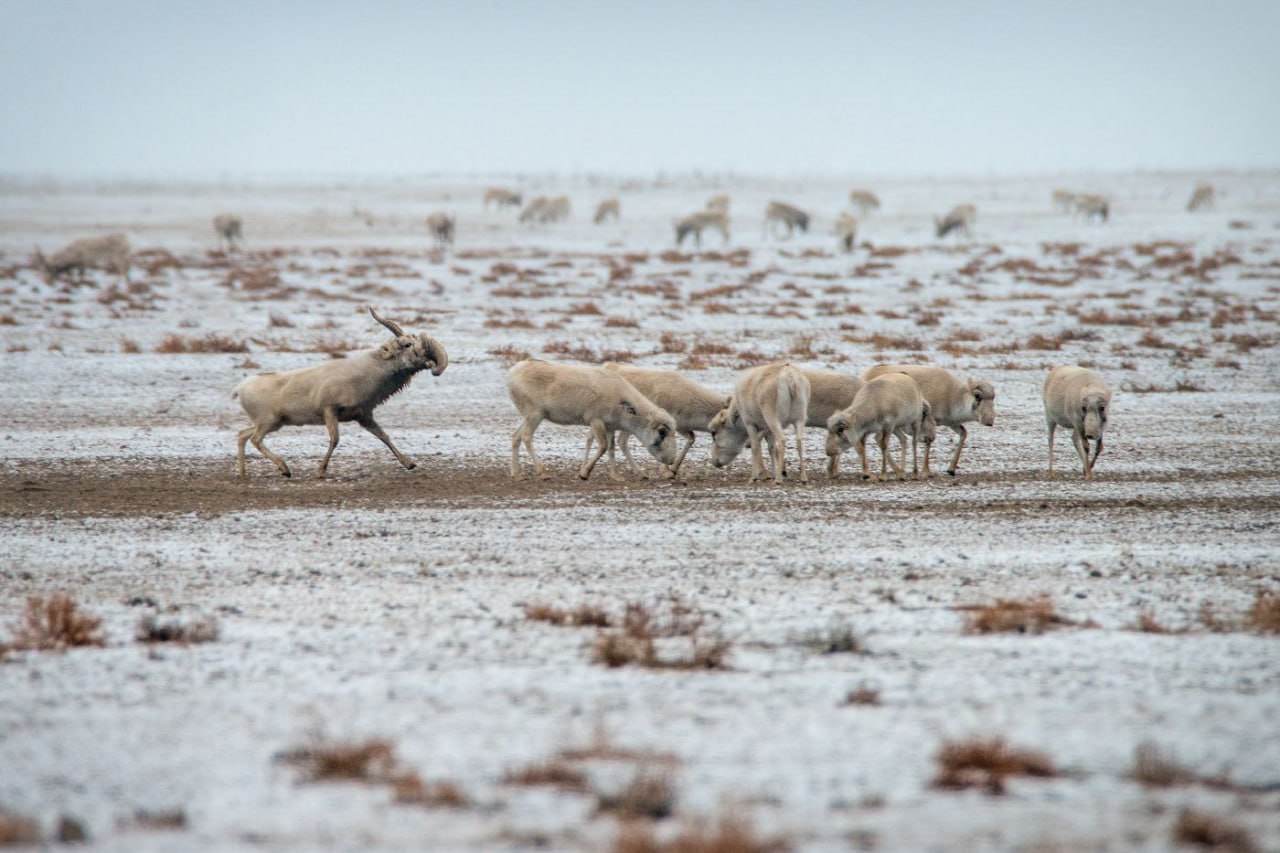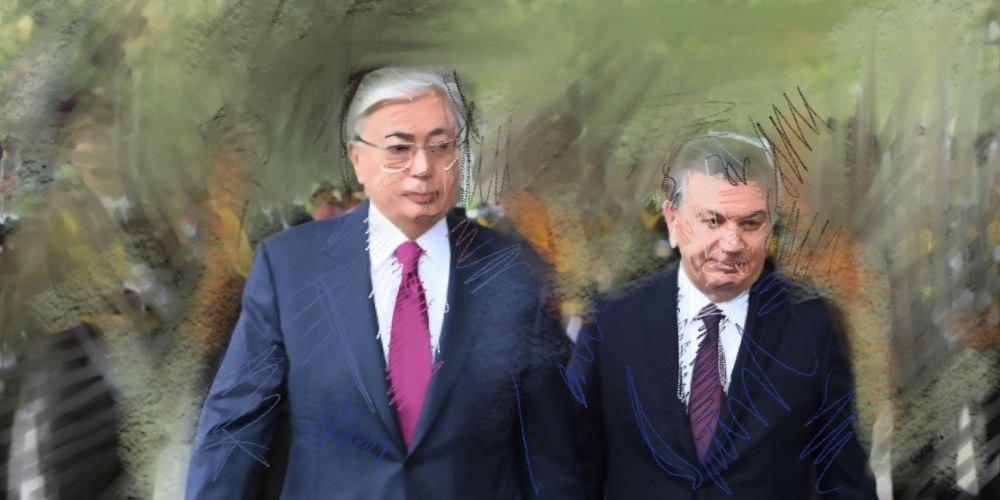Once close to extinction, the saiga antelope has made a big recovery in numbers in recent years, marking a major conservation success in Central Asia. However, a group that promotes Kazakhstan’s grasslands and wildlife says plans to develop business corridors between China and Europe are likely to affect the saigas, which migrate long distances to find water and pasture.
“Kazakhstan is projected to see significant development of roads and railways in the next decade, as multilateral businesses and governments aim to better connect trade routes between China and Europe through Central Asia. Much of this development is slated to impact saiga range,” the Altyn Dala Conservation Initiative said in a statement on Friday.
The conservation group believes its participation in a global project to map migration corridors of ungulates – hoofed mammals – can help to offset the impact of an expected rapid expansion of trade networks on saiga populations, whose numbers in Kazakhstan reached nearly three million in a survey conducted earlier this year. The vast majority of saigas are in Kazakhstan.
The Ustyurt saiga population, one of three big concentrations of the species in Kazakhstan, is now among 20 mapped populations, including reindeer in Norway and Finland and zebras in eastern and southern Africa, in an atlas compiled by the U.N.-backed Global Initiative on Ungulate Migration. The project aims to provide tracking and migration corridor information for review by state agencies and others so that the easily available data can be taken into account while planning development.
“We are now focused on mitigation measures for existing developments and assessing if crossing structures will facilitate saiga movements safely across roads and railways, and whether truncated movements can be restored,” the Altyn Dala Conservation Initiative said.
Trade between China and the European Union reached 739 billion euros last year, a drop of 14 percent from 2022, according to the European Commission. China is the EU’s second largest trading partner for goods after the United States. Currently, there are trade tensions between China and the EU.









